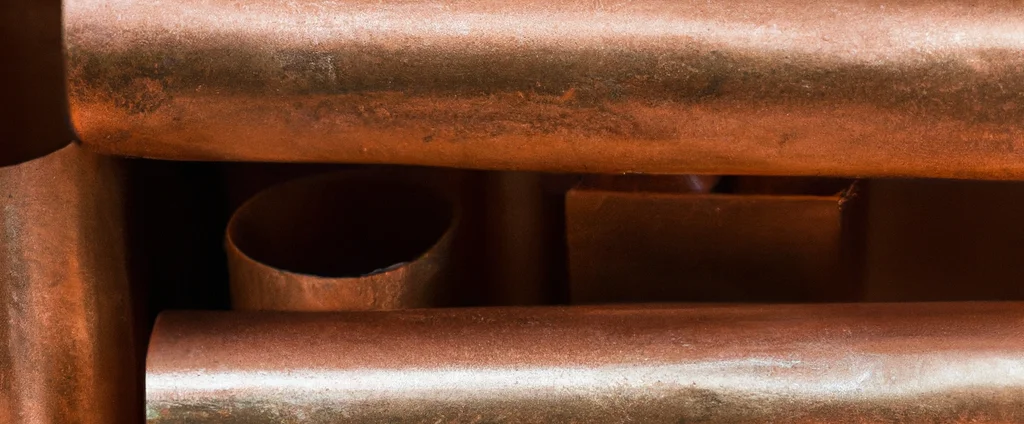Cartridge Brass (UNS C26000)

Cartridge brass C26000, also known as 70/30 brass, is a copper-zinc alloy renowned for its excellent ductility, machinability, and corrosion resistance. It is widely used in ammunition, plumbing, and architectural hardware.
| Chemical Composition | ||
|---|---|---|
| Element | Min | Max |
| Copper | 68.5% | 71.5% |
| Iron | —— | 0.05% |
| Lead | —— | 0.07% |
| Zinc | 28.5% | 31.5% |
| Residuals | —— | 0.15% |
The following table provides a list of cartridge brass C26000 properties in both SI and US customary/Imperial units.
Click on the button to switch between Metric and Imperial units.
| Physical Properties | Metric |
|---|---|
| Density | 8530 kg/m3 |
| Mechanical Properties | Metric |
| Tensile Strength (Ultimate) | 300 - 890 MPa |
| Tensile Strength (Yield) | 70 - 450 MPa |
| Shear Strength | 220 - 390 MPa |
| Young’s Modulus (E) | 110 GPa |
| Shear Modulus (G) | 40 GPa |
| Elongation at Break | 66% |
| Poisson’s Ratio (ν) | 0.34 |
| Thermal Properties | Metric |
| Melting Point | 915 - 955 °C |
| Thermal Conductivity | 120 W/m·K |
| Specific Heat Capacity (Cp) | 390 J/kg·K |
| Coefficient of Thermal Expansion (αL) | 2.0×10-5 1/°C |
| Electrical Properties | Metric |
| Electrical Conductivity | 1.6×107 S/m |
The values in this table are approximate and can vary depending on various factors such as the specific manufacturing process and heat treatment applied to the alloy.
Advantages & Disadvantages of Cartridge Brass C26000
| Advantages | Disadvantages |
|---|---|
| Good strength | Limited suitability for some corrosive environments |
| High ductility | High cost |
| Electrical conductivity | |
| Corrosion resistance | |
| Excellent machinability |
Applications of Cartridge Brass C26000
Cartridge brass C26000, with its desirable properties, finds applications in various industries, including:
- Ammunition Casings: Primarily used for manufacturing ammunition casings due to its strength, ductility, and corrosion resistance. It can withstand the high pressures generated during firing, ensuring the integrity and safety of the ammunition.
- Plumbing Fittings: The excellent machinability and corrosion resistance make it suitable for plumbing fittings, including valves, couplings, connectors, and fittings. It is used in both residential and commercial plumbing systems.
- Architectural Hardware: Its attractive yellow color and corrosion resistance make it a popular choice for architectural hardware. Common applications include door handles, hinges, knobs, decorative accents, and other fittings where aesthetics and durability are important.
- Electrical Connectors and Terminals: The good electrical conductivity ensures efficient electrical transfer and reliable connections in various applications, making it ideal for electrical connectors, terminals, and contact elements.
- Automotive Applications: Used in components such as radiator cores, fuel tanks, heat exchangers, and connectors due to its corrosion resistance, formability, and thermal conductivity.
- Marine Applications: The corrosion resistance makes it suitable for marine environments. Common uses include marine fittings, valves, connectors, and other components subject to exposure to saltwater.
